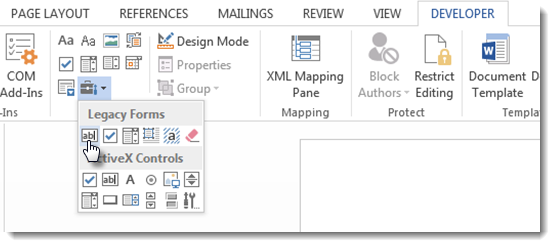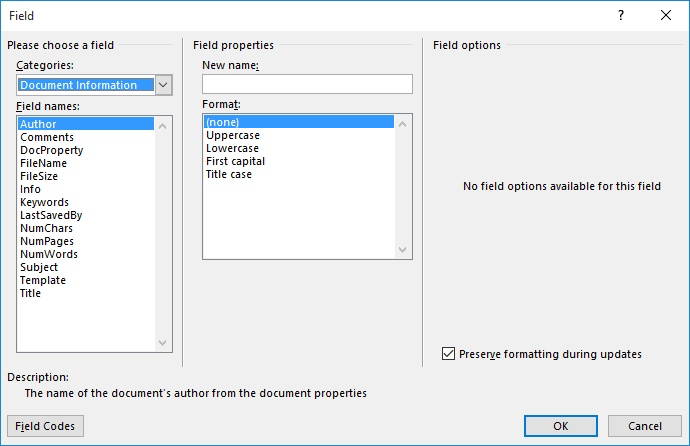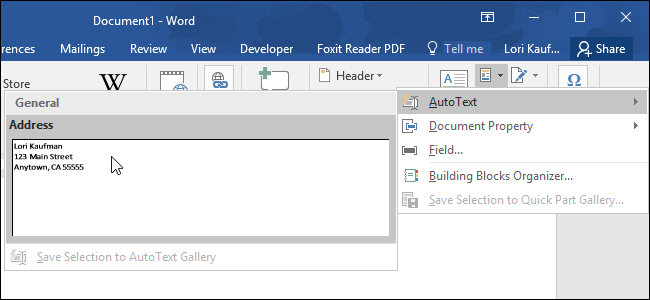

For information about date format codes, see “Constructing a Custom Date or Time Format,” p.Date Format-This drop-down list lets you specify a date format, including various combinations of month, day, and year.It is not typically limited for dates, because dates take up only as much space as they need. Maximum Length-This is measured in number of digits.Default Date-This is just like Default Text enter a default if desired.You cannot construct a custom format here, but that section helps you understand the available choices.įinally, if you choose Date from the Type menu, you can choose among these options: For information about number format codes, see “Constructing a Custom Numeric Format,” p.Number Format-This drop-down list lets you specify a numeric format, some of which include currency symbols or percentage signs.Default Number-This is just like Default Text enter a default if desired.If you select Number from the Type menu, you can choose among these options: To learn about First Capital and Title Case as formatting options, see “Changing Text Case,” p.Text Format-Choose among Uppercase, Lowercase, First Capital, or Title Case.Maximum Length-This is measured in number of text characters.Default Text-You can optionally specify default text to appear in the field before the user enters his or her own value.If you choose Regular Text from the Type menu, the following options are available: The other three choices on the Type menu are special-purpose types, discussed later in this chapter. Depending on which of these types you select, different formatting options and length restrictions become available in the Options dialog box. There are three basic field types: Regular Text, Number, and Date. Figure 16.12 shows the Options dialog box for a legacy text field.įigure 16.12 Set properties for a legacy text field. If there is no Properties command, make sure Design Mode is selected in the Controls group and click the Properties button. To view the properties for a form field, right-click it and choose Properties, or click the Properties button on the Developer tab. Depending on what you want to do with the form, the legacy form fields might have just the option that will make your life easier. One advantage of legacy form fields is that they have some different formatting and configuration options available than content controls.

Inserting a field is simple, but you will probably want to configure it after insertion. The field appears in the document as either a shaded gray box (for drop-down lists and text boxes) or as a check box (for check boxes). In the Controls group, click the Legacy Tools button.On the Developer tab, make sure Design Mode is selected.




 0 kommentar(er)
0 kommentar(er)
